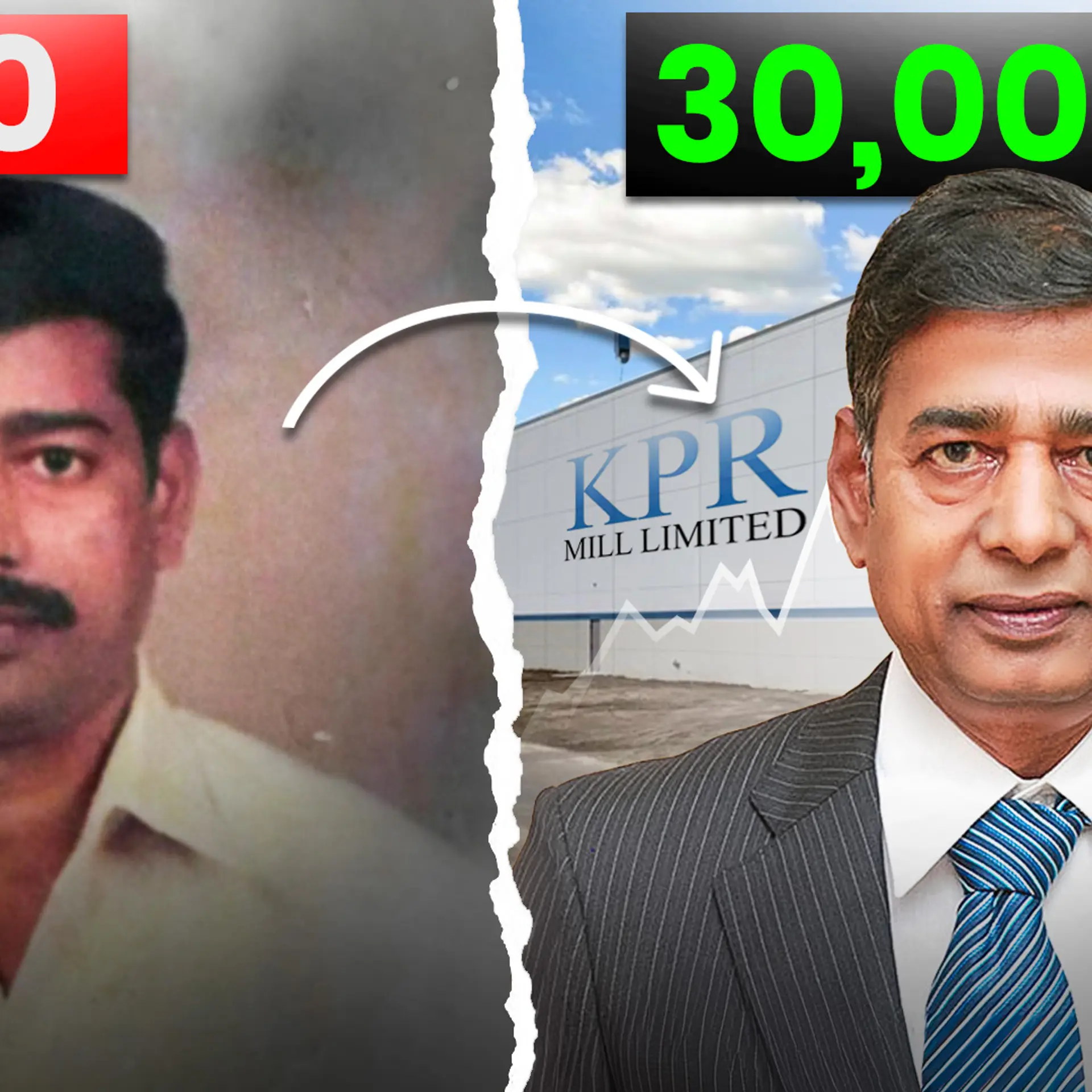Slack in rural road construction, only under 50pc of targeted habitations reached
On May 22, the BJP tweeted it had ratcheted the pace of rural road construction under the Pradhan Mantri Gram Sadak Yojana (PMGSY) to 133 kilometres a day over the three years to 2016-17, up from 69.35km a day in 2013-14.

However, compared with the Narendra Modi government's own performance in the first two years, the pace of rural road construction has slackened, connecting up to January 2017, less than half (46 percent) of the habitations targeted under PMGSY-I in 2016-17, an IndiaSpend analysis of Rural Development Ministry data shows.
In its manifesto, the BJP had made three major promises on roads: it would connect tribal hamlets with all-weather roads, improve village-level road infrastructure, and connect ports with roads to the hinterland.
While standalone data on roads connecting tribal hamlets are not available, on roads connecting ports to the hinterland, consolidated numbers are available only up to 2013.
In case of rural roads, for which data are available, the pace of construction has slackened, as noted above. Less than half of the habitations targeted under PMGSY-I for 2016-17 had been connected by January 2017. The length of roads built as a share of the government's target has also dropped from 167 percent in 2014-15 and 108 percent in 2015-16 to 73 percent in 2016-17, according to IndiaSpend's analysis of data available up to January 2017.
PMGSY-I aims to build all-weather roads to habitations with a population of at least 500 in plain areas and at least 250 in "special" areas such as hills or tribal hamlets and located at least 500m (1.5km of path distance in case of hills) from an all-weather road or a connected habitation.
The good news is that under Modi, allocation to the rural roads scheme has risen back to the Rs 19,000-crore peak seen under Manmohan Singh's prime ministership -- it had subsequently dropped to Rs 9,000 crore during the Congress-led United Progressive Alliance's second term -- an analysis by the Centre for Policy Research (CPR) shows.
The time taken to complete a project after sanction under PMGSY has also fallen progressively, by 74 percent, to 124 days under Modi, from 474 days under UPA-II's final year 2013-14, according to CPR's analysis. Compared with Modi's first year, the time taken has fallen by 67 percent in 2016-17, from 374 days in 2014-15.
In 2016-17, the pace of construction of national highways has also dropped to 44 percent, the lowest in this government's three-year rule.
This year has seen an average rate of highway construction of 22km a day, according to information provided to the Rajya Sabha in April 2017.
The government had initially set a target of building 40 km a day. Roads and Transport Minister Nitin Gadkari claimed at an Aaj Tak Editors Roundtable on May 21 that targets had been intentionally set higher than feasible to "push the bar higher".
By Vipul Vivek
(In an arrangement with IndiaSpend.org, a data-driven, non-profit, public interest journalism platform, with whom Vipul Vivek is an analyst. The views expressed are those of IndiaSpend. Feedback at respond@indiaspend.org)







